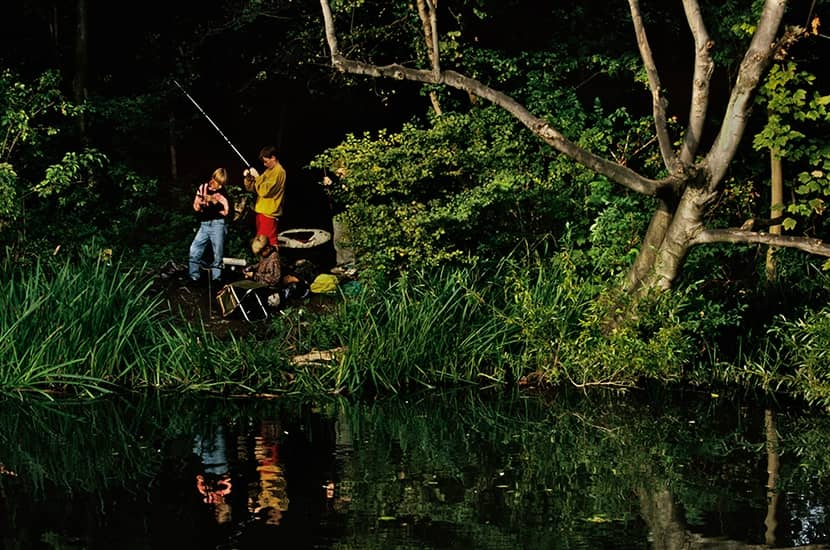To write about London and its rivers is to enter a crowded literary field. Many aspects of watery life in the capital have been documented for public consumption over the past 150 years, from Hilaire Belloc’s lament for the river’s lost monasteries in The Historic Thames to Peter Ackroyd’s doorstop, London: A Biography. More recently, it is previously unremarked everyday stories which have found a home on many publishers’ lists. The practice of mudlarking especially of sifting objects from the river’s mud has held readers in thrall. Sometimes it sounds as though the Thames foreshore at low tide must be as busy as a King’s Cross platform during a pre-pandemic rush hour.
In this latest addition to the city’s riparian canon, London Clay, the poet Tom Chivers documents a series of ‘journeys in the deep city’. He wisely makes no attempt to be comprehensive or exhaustive in his wanderings, choosing rather to cover those areas of the metropolis to which he has a personal connection.







Comments
Join the debate for just $5 for 3 months
Be part of the conversation with other Spectator readers by getting your first three months for $5.
UNLOCK ACCESS Just $5 for 3 monthsAlready a subscriber? Log in